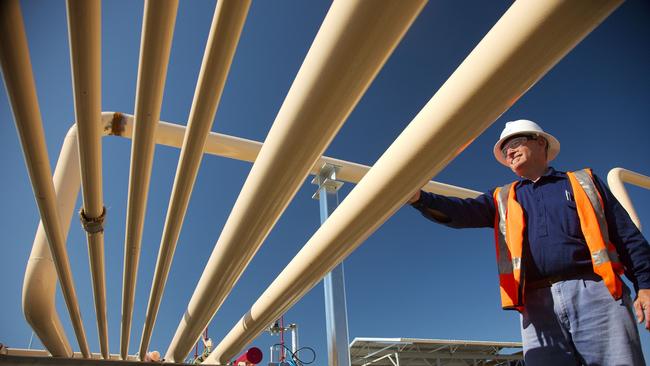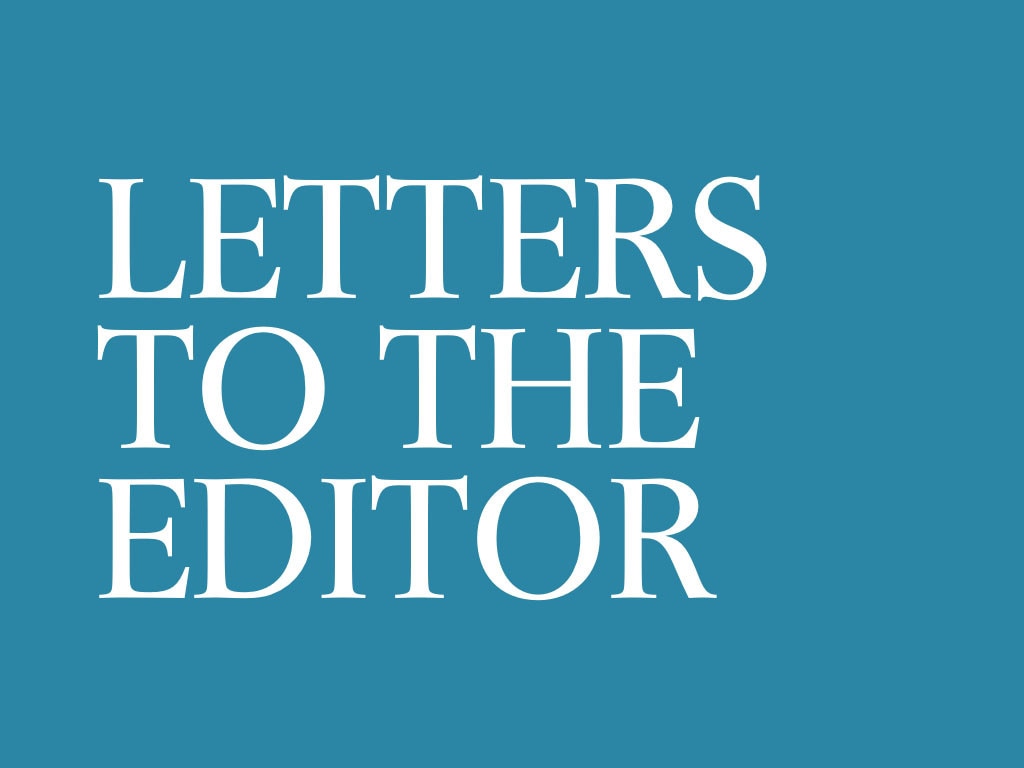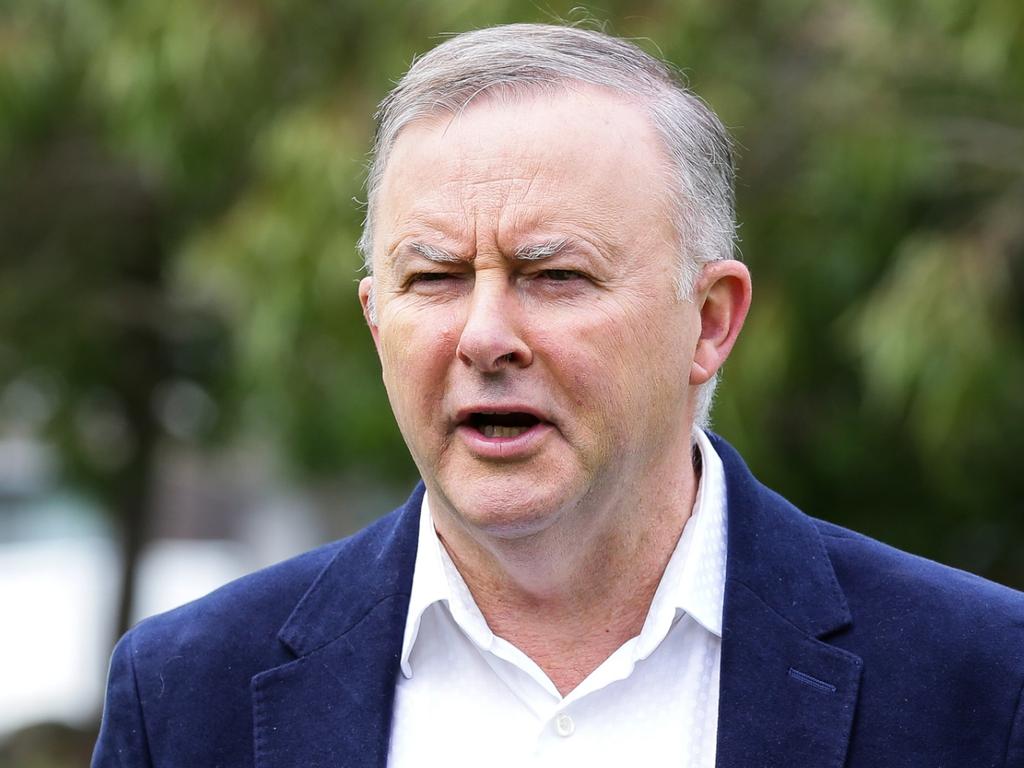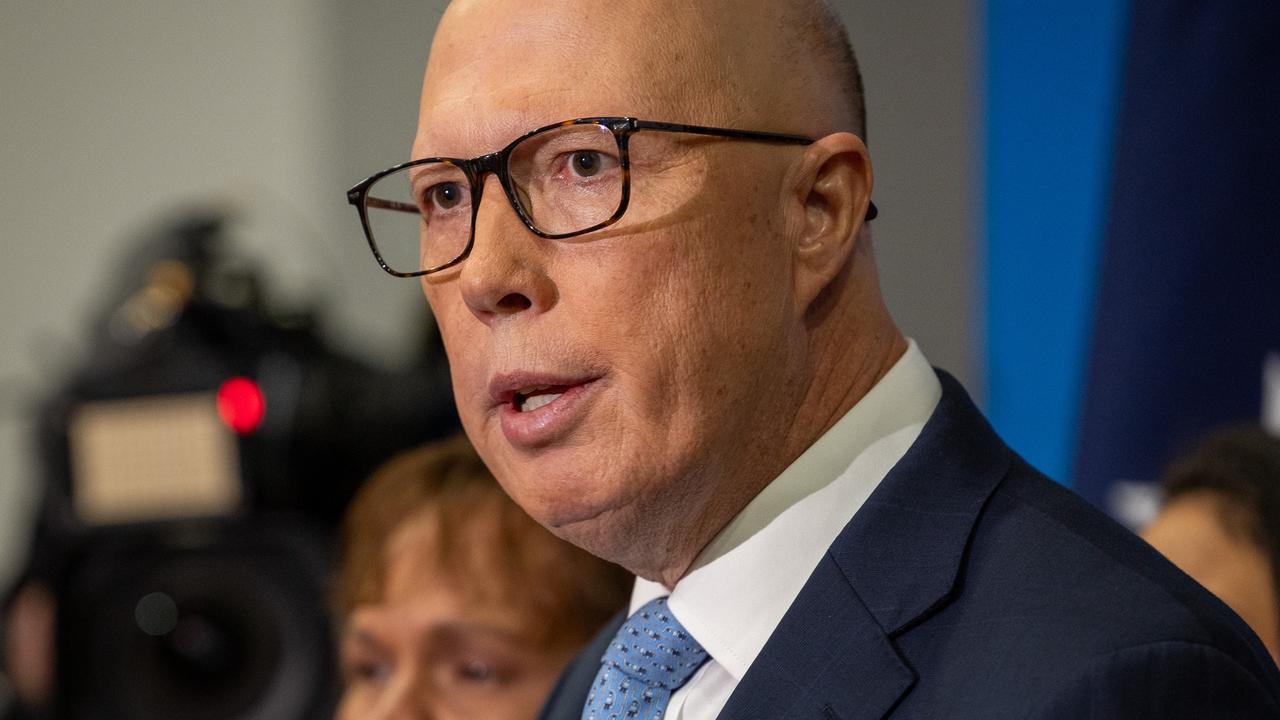Power up or we build gas plant: Scott Morrison
The PM will back a new Hunter gas power plant to replace the Liddell coal station if the private sector fails to lock in investment.

Scott Morrison will back a new Hunter Valley gas power plant to replace the Liddell coal-fired station if the private sector fails to lock in investment by April and inject 1000MW of new energy into the national electricity grid.
Outlining the biggest shake-up of Australia’s east coast gas market in decades, the Prime Minister will set a seven-month deadline for the private sector to replace the dispatchable energy lost in 2023 when Liddell closes.
In a major pre-budget speech in Newcastle on Tuesday, Mr Morrison will position gas as the centrepiece of his economic recovery plan and commit to establishing an Australian gas distribution hub similar to the successful Henry Hub in the US.
Unlocking gas supply, investing in new pipelines and fast-tracking interconnectors between states will lead the Morrison government’s gas-fired recovery plan, with an initial $52.9m allocated in the October 6 budget.
Mr Morrison said delivering more local gas at internationally competitive prices was critical in firing the nation’s economic recovery and supporting the manufacturing sector, which employs more than 850,000 Australians. “We’ll work with industry to deliver a gas hub for Australia that will ensure households and businesses enjoy the benefits of our abundant local gas while we hold our position as one of the top global liquefied natural gas exporters,” Mr Morrison said.

“Our competitive advantage has always been based on affordable, reliable energy. As we turn to our economic recovery from COVID-19, affordable gas will play a central role in re-establishing the strong economy we need for jobs growth, funding government services and opportunities for all.”
In addition to expanding Queensland’s Wallumbilla site as Australia’s major new gas hub, the Morrison government will spend $28.3m on five strategic plans covering the Beetaloo, North Bowen and Galilee basins. The Australian gas hub will be set up to deliver an “open, transparent and liquid gas trading system”.
With the LNG export market valued at $49bn last year, the government is pushing the private sector to invest in the gas market and nation-building projects.
If the private sector doesn’t act, the government will seek to underwrite projects, streamline approvals and establish a special purpose vehicle with a capped government contribution.
Mr Morrison also warned the government won’t risk the affordability and reliability of the NSW energy system and would intervene if forced after AGL last month flagged plans to build a grid-scale battery system at the Liddell site.
The government’s Liddell taskforce found closing the plant without adequate dispatchable replacement capacity risked prices rising by about 30 per cent over two years, increasing to $80 per MWh in 2024 and $105 by the end of the decade.
After years of clashes with AGL over Liddell, the Morrison government is giving the private sector until the end of April to deliver 1000MW of dispatchable capacity with a generation commitment in place by the 2023-24 summer. With the government-owned Snowy Hydro developing options to build a gas generator in the Hunter Valley at Kurri Kurri, Mr Taylor said the market had a “clear obligation” as an essential service to step up. Energy Minister Angus Taylor said that, since 2010, investment in dispatchable energy had “slowed to a trickle”, with about 1.6GW of capacity added to the NEM.

“Over the last decade, the private sector has not built a single new reliable power plant in NSW,” he said. “And in the five years since the closure of Liddell was first announced, the private sector has only committed to a single dispatchable generation expansion — a 100MW addition to the existing Bayswater plant. This falls far short of what is required.”
Mr Taylor said the plan was critical for driving investment and bringing down emissions.
“We need to make sure customers have the power they need,” he said on ABC radio on Tuesday morning. “This is all about making sure Australian gas is working for Australians.”
The Liddell taskforce investigated the impacts of the power station’s closure on large industrial users including the Tomago aluminium smelter, which employs more than 1800 full-time workers and produces 25 per cent of Australia’s aluminium.
The government is considering changes to energy laws for Tomago and other large industrial firms that support the stability of the electricity system, compensating them for providing grid services and emergency reserves.
The national gas-led recovery plan, which was guided by a report prepared by COVID-19 Commission special adviser Andrew Liveris, will set new supply targets with states and territories and enforce “use it or lose it” requirements on gas licences. To avoid gas supply shortfalls, the government will pursue new agreements with the three east coast LNG exporters and explore options for a domestic gas reservation scheme despite protests from industry groups.
The $10.9m National Gas Infrastructure Plan will identify priority pipelines and critical transport infrastructure, and advice on when the government will need to step in when the private sector fails to invest. The Australian understands the government will not hesitate in intervening and taking over gas pipeline upgrades if companies baulk on investment.
The government will also pursue reforms around the regulation of pipeline infrastructure to promote “competition and transparency” and support work on a “dynamic secondary pipeline capacity market”.
The government will also work with the states to fast-track the Marinus Link, Project Energy Connect and VNI interconnectors under a $250m program, in addition to work already being done to accelerate the HumeLink and QNI interconnectors.
Mr Morrison said those links would help put downward pressure on prices, shore up the reliability of the energy grid and create more than 4000 jobs. Resources Minister Keith Pitt said the plan was aimed at encouraging investment to unlock Australia’s “vast resources potential”.








To join the conversation, please log in. Don't have an account? Register
Join the conversation, you are commenting as Logout